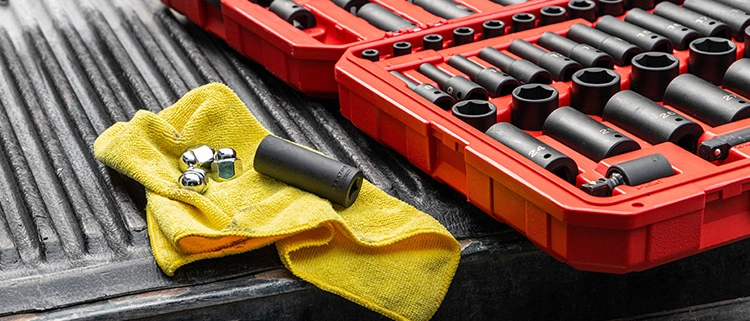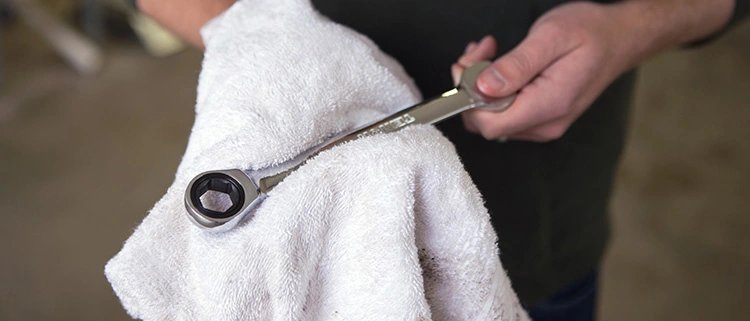Aaron: +86-18129983931
Max: +86-18922922459

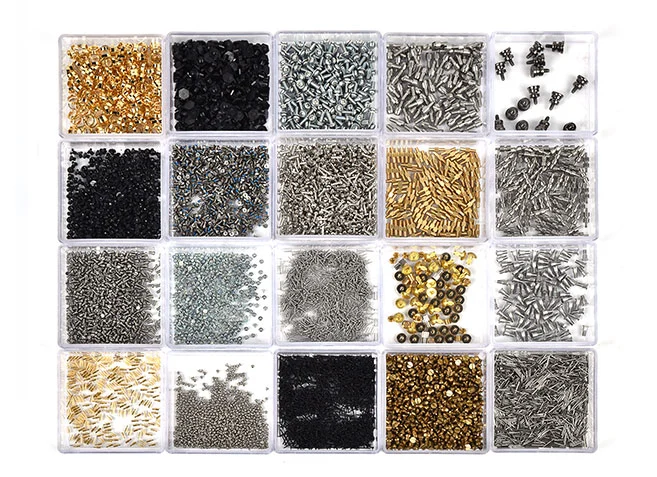 Micro Screws
Micro Screws
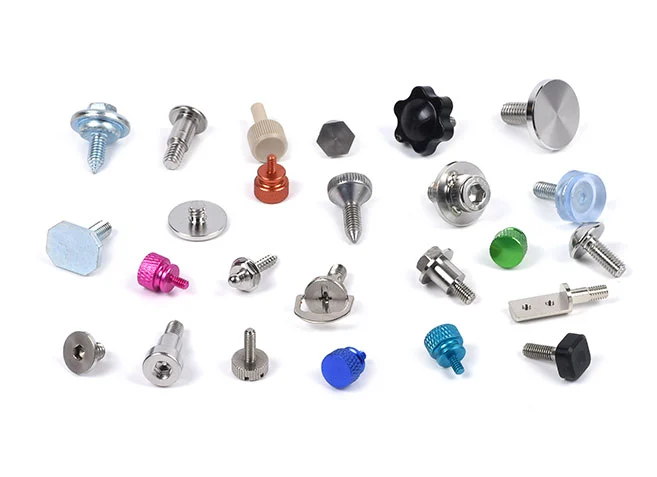 Big Head Screws
Big Head Screws
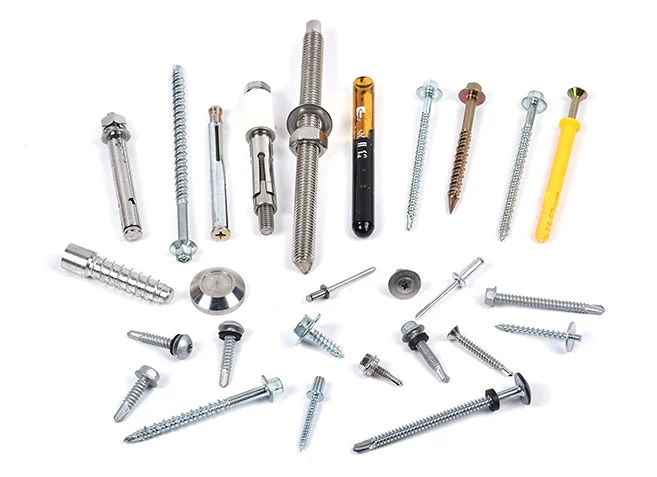 Construction Screws
Construction Screws
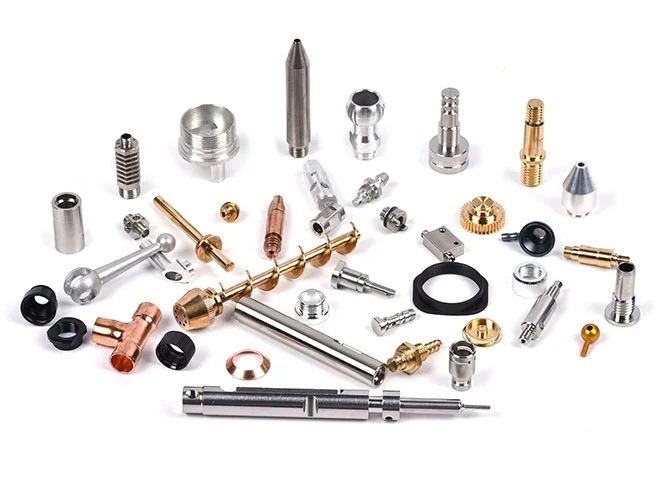 CNC Lathe Machining Parts
CNC Lathe Machining Parts
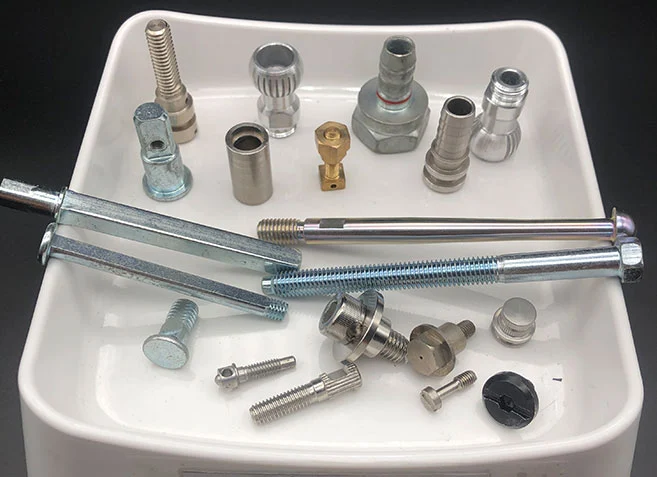 Cold Forged and Undergo Secondary Processing Products
Cold Forged and Undergo Secondary Processing Products
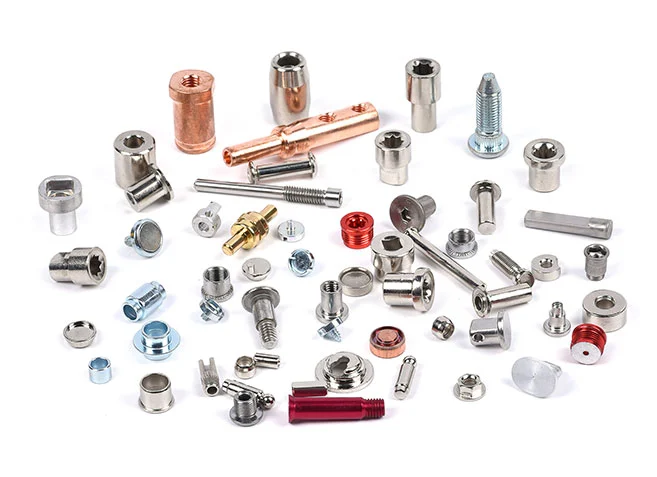 Multi Station Cold Heading Screws
Multi Station Cold Heading Screws
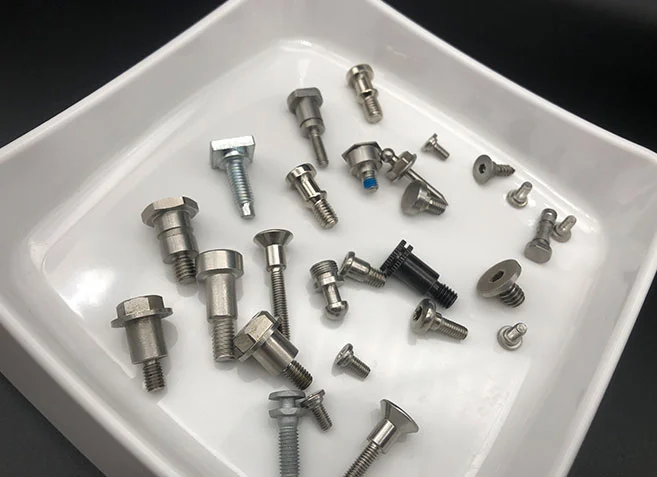 Step Screw
Step Screw
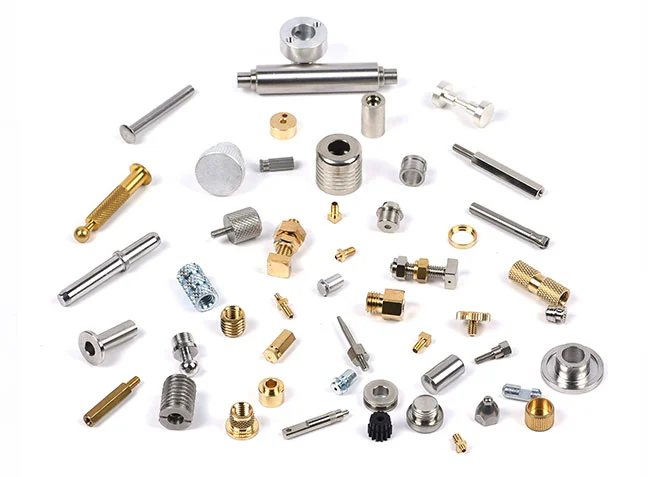 Automatic Lathe Machining Parts
Automatic Lathe Machining Parts
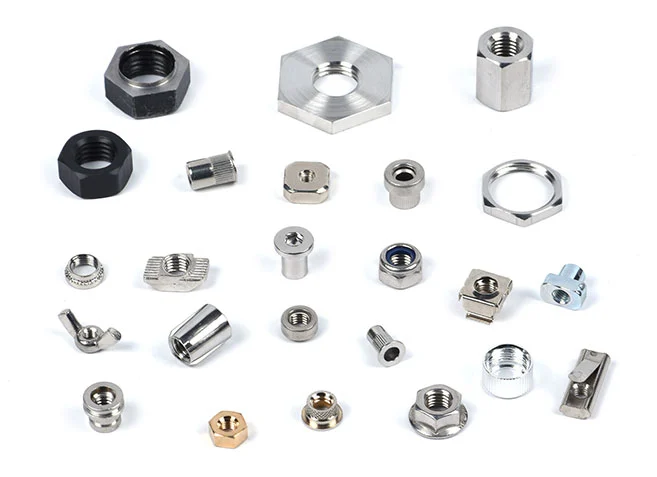 High Difficulty Challenge Cold Heading Fasteners
High Difficulty Challenge Cold Heading Fasteners
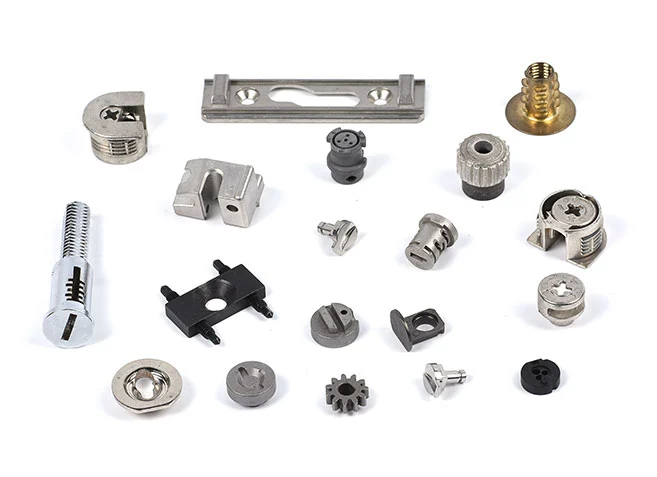 New Tech Fasteners
New Tech Fasteners
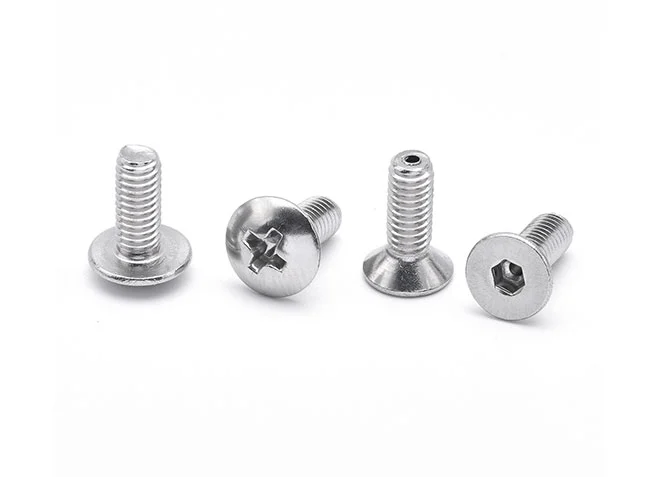 Machine Screws
Machine Screws
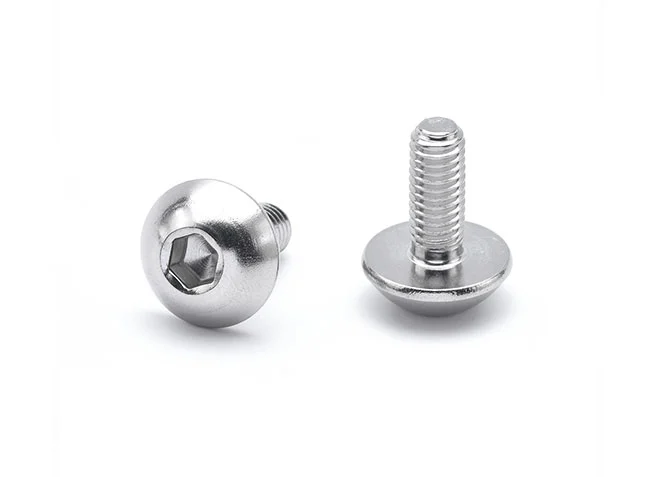 Socket Cap Screws
Socket Cap Screws
 Hexagon Socket Set Screws
Hexagon Socket Set Screws
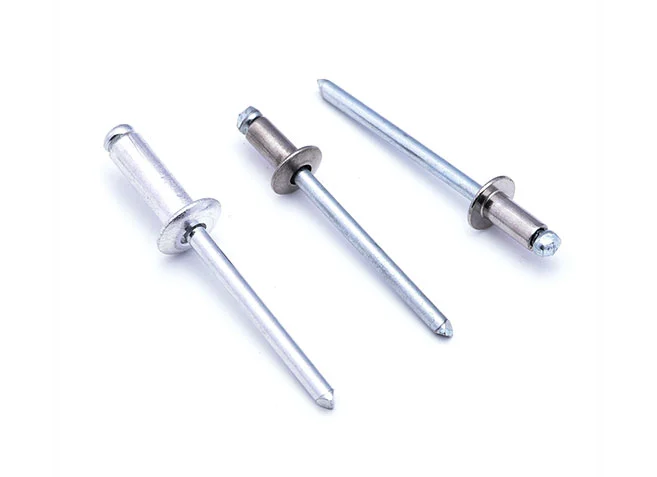 Pull Out Rivet
Pull Out Rivet
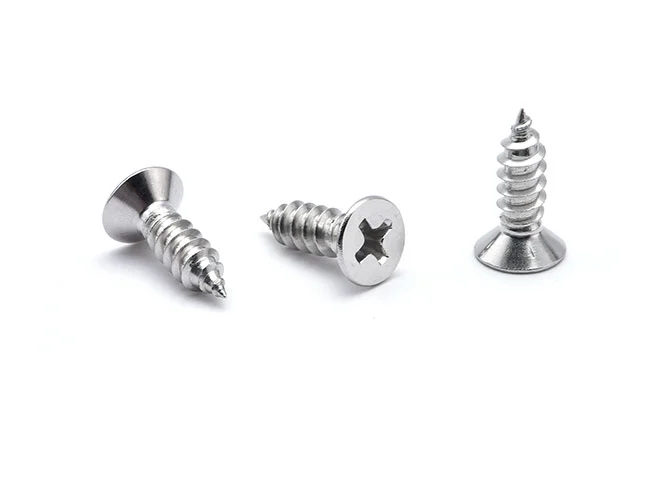 Self Tapping Screws
Self Tapping Screws
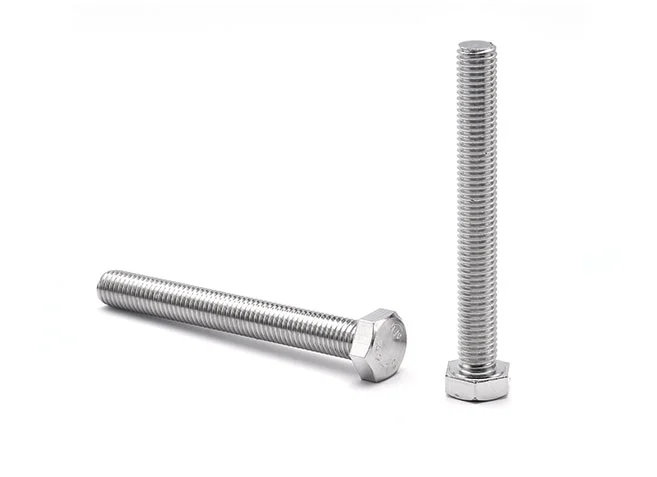 Hex Bolts
Hex Bolts
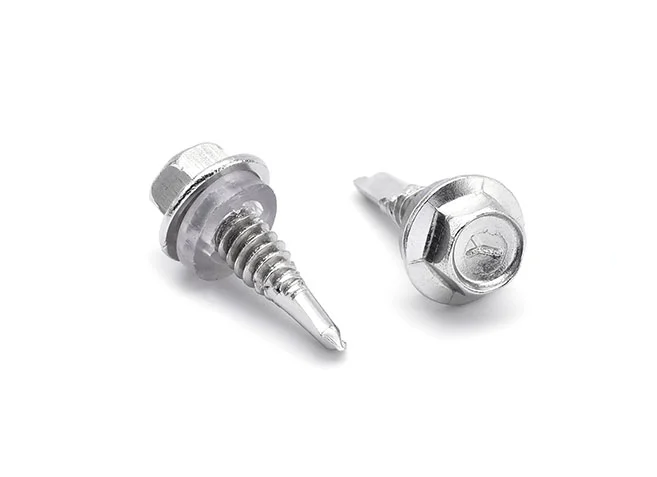 Self Drilling Screws
Self Drilling Screws
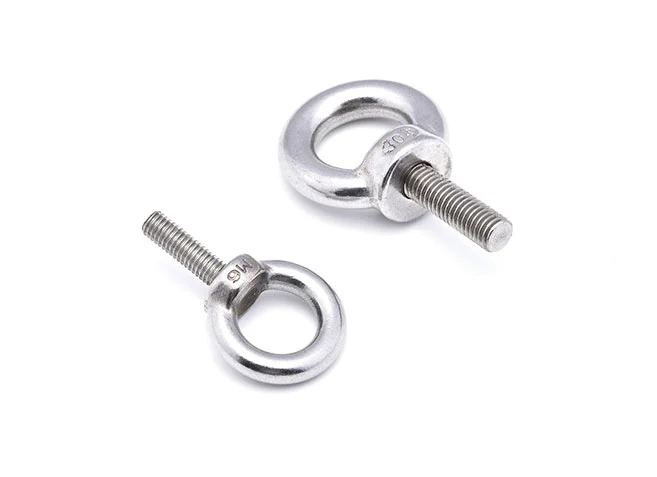 Eye Bolts
Eye Bolts
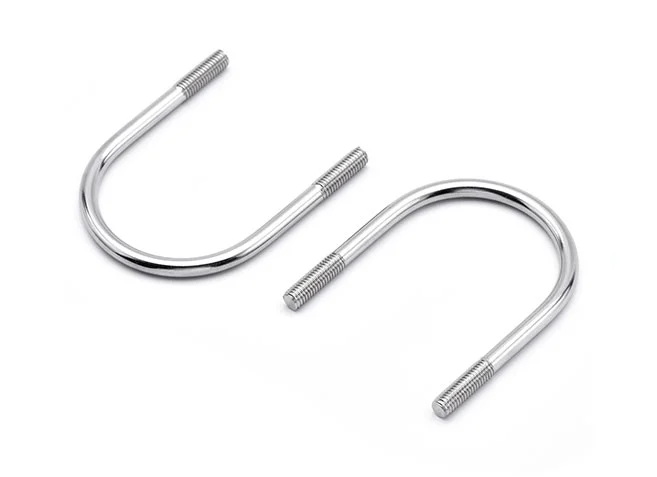 U-bolts
U-bolts
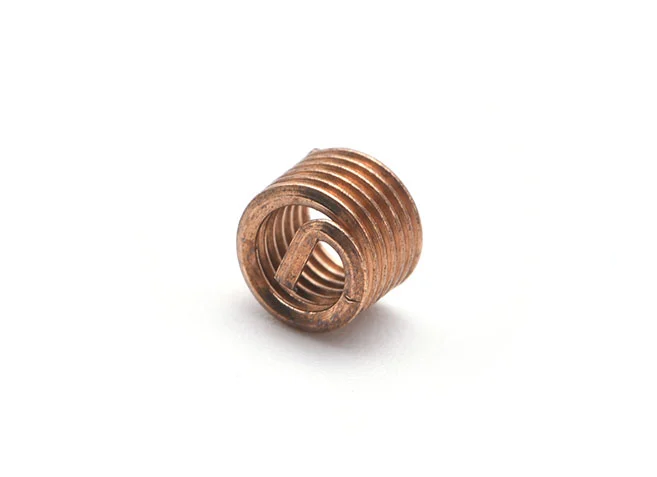 Threaded Sheath
Threaded Sheath
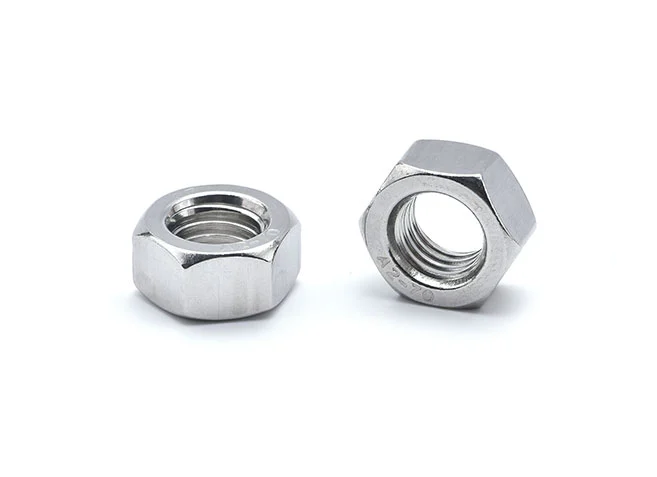 Hex Nut
Hex Nut
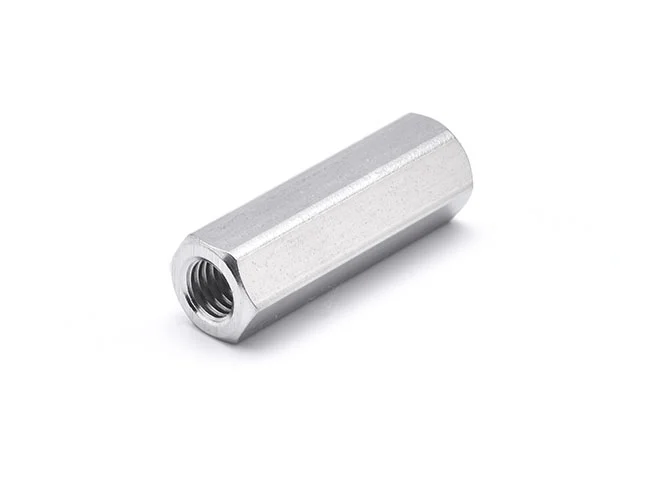 Hex Long Nut
Hex Long Nut
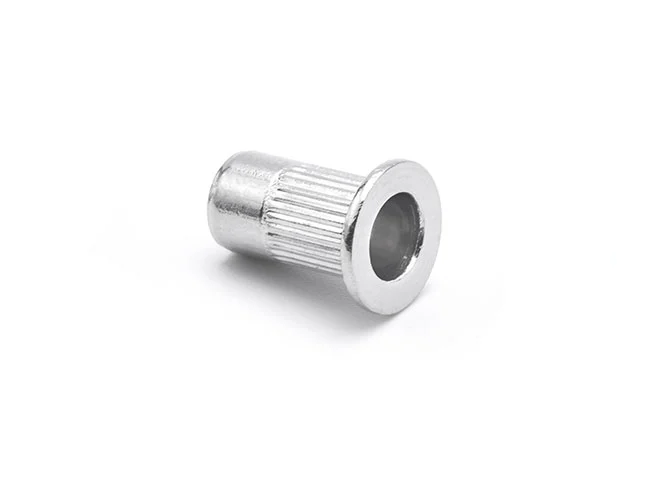 Pull Rivet Nut
Pull Rivet Nut
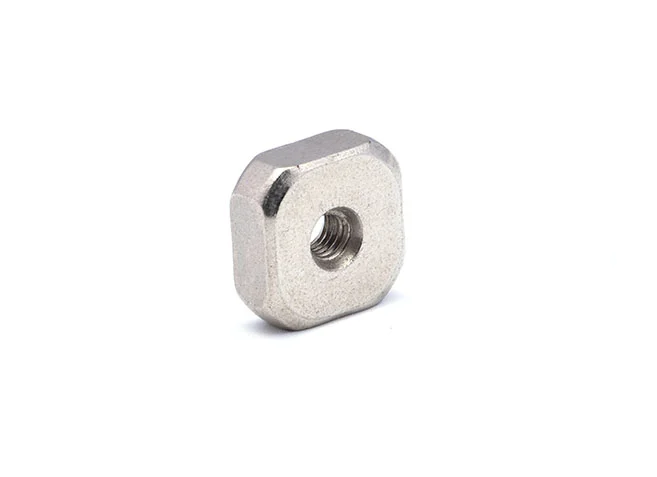 Square Nuts
Square Nuts
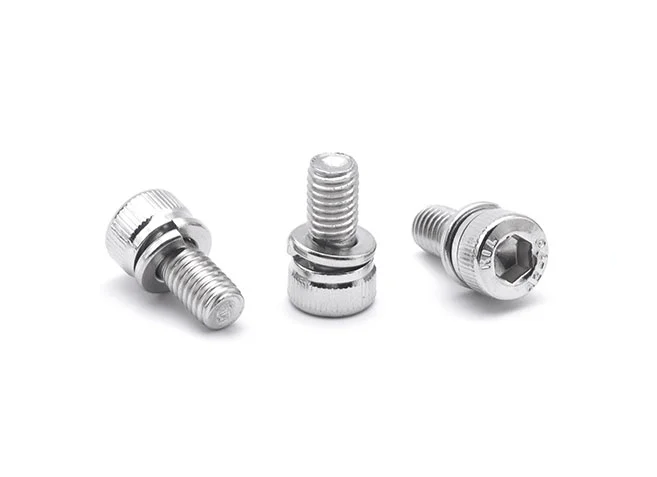 Combination Screws
Combination Screws
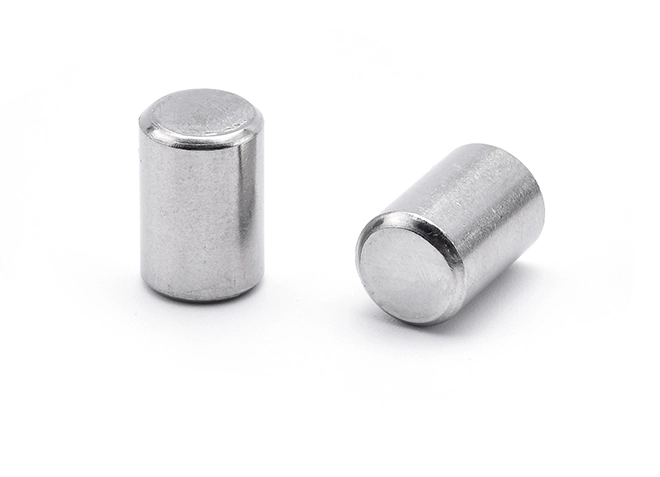 Pin
Pin
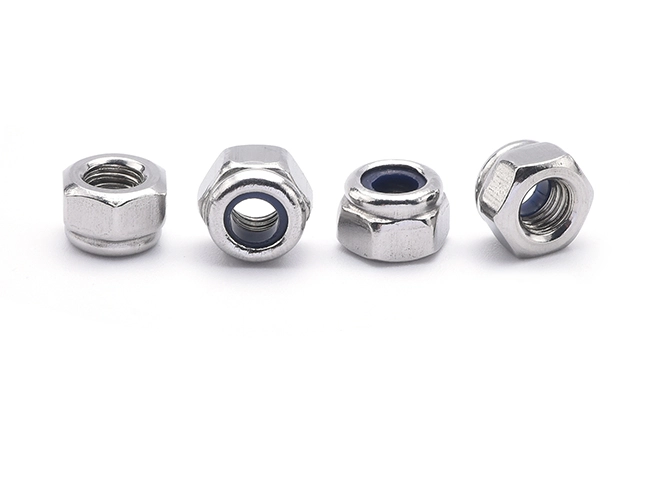 Nylon Locking Nuts
Nylon Locking Nuts
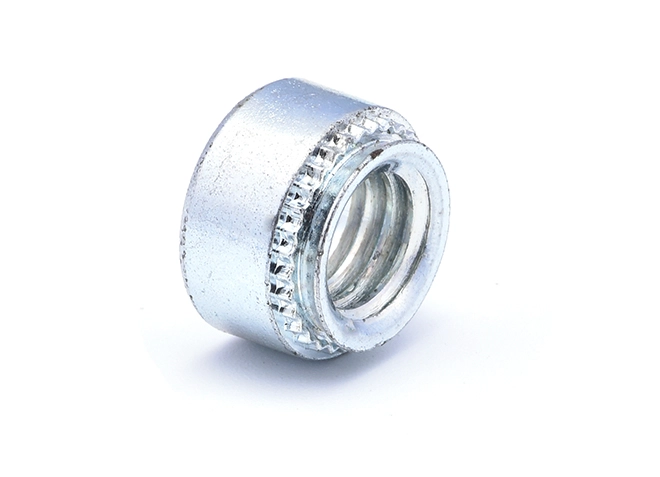 Pressure Rivet Nuts
Pressure Rivet Nuts
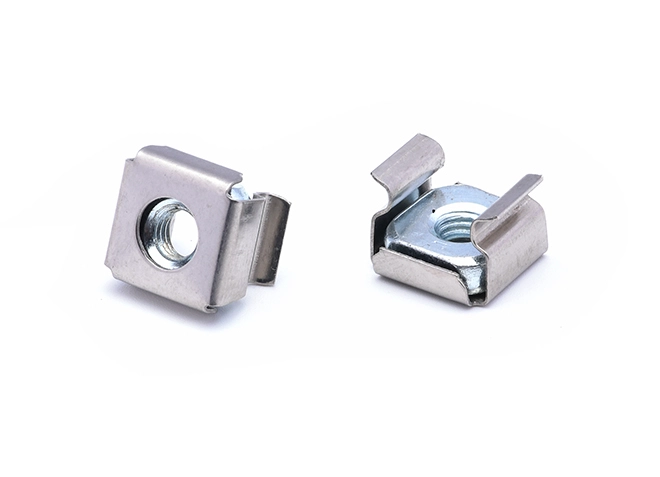 Cage Nut
Cage Nut
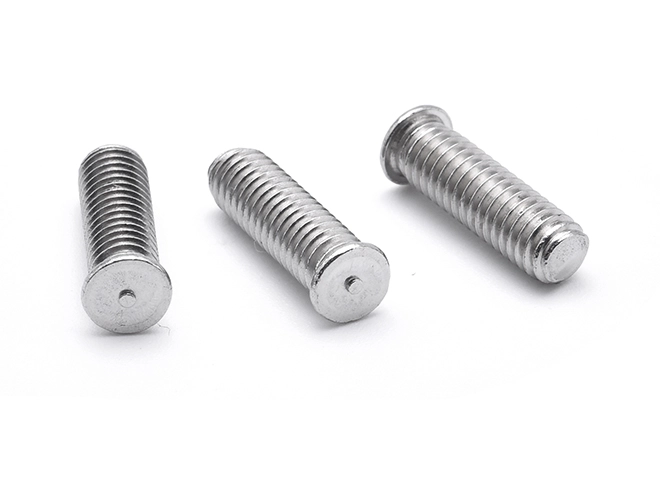 Welding Screws
Welding Screws
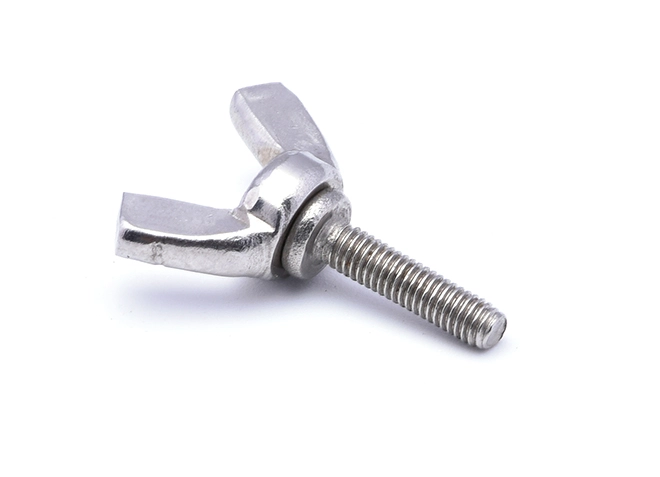 Butterfly Screw
Butterfly Screw
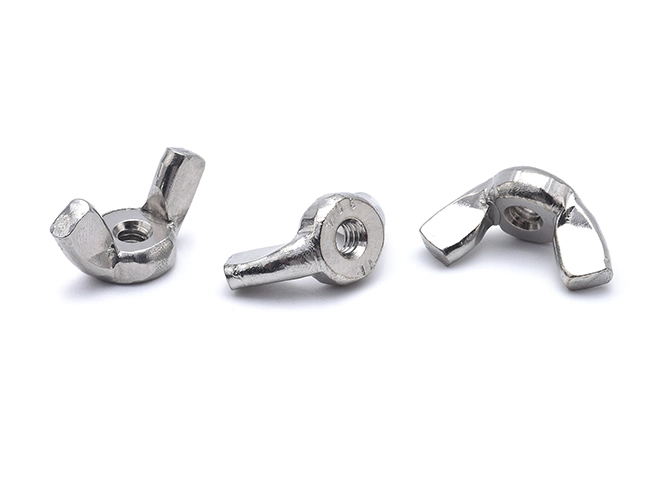 American Standard Butterfly Nut
American Standard Butterfly Nut
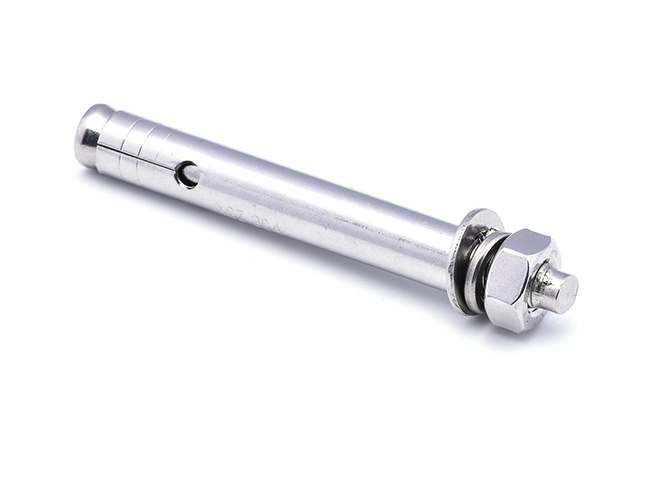 Expansion Screw
Expansion Screw
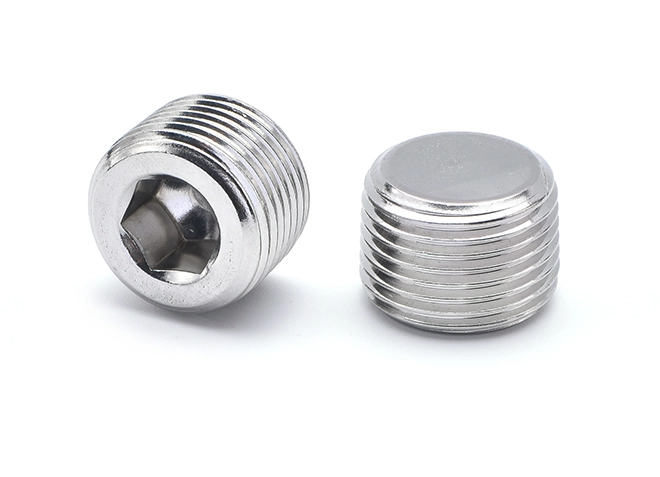 Plug Screw
Plug Screw
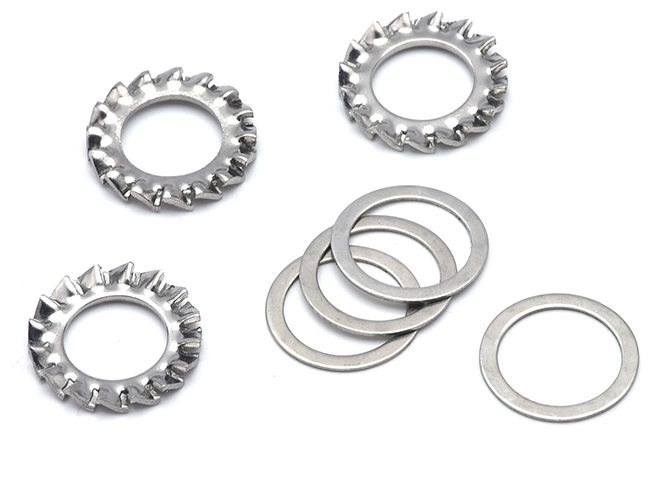 Stainless Steel Washer
Stainless Steel Washer
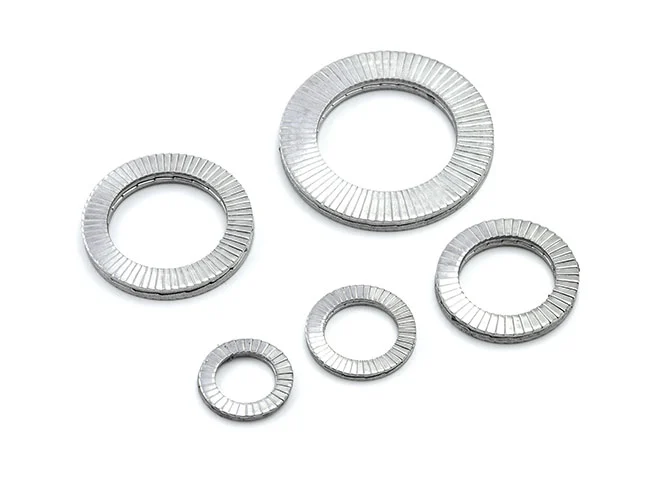 Double Overlap Anti-Loosening Washers
Double Overlap Anti-Loosening Washers
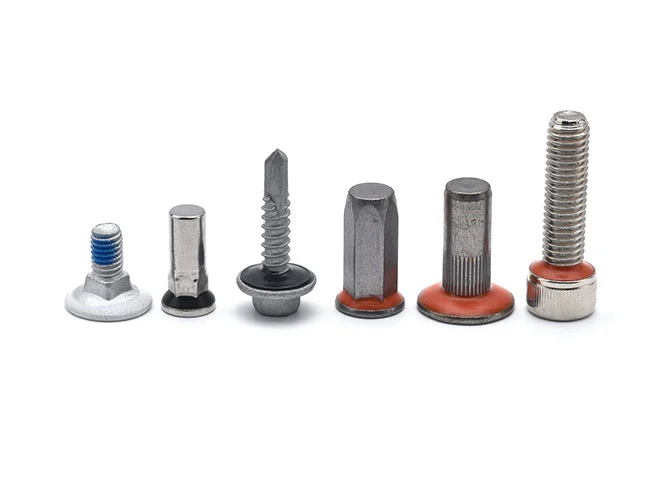 Waterproof and Anti-Drop Screws
Waterproof and Anti-Drop Screws
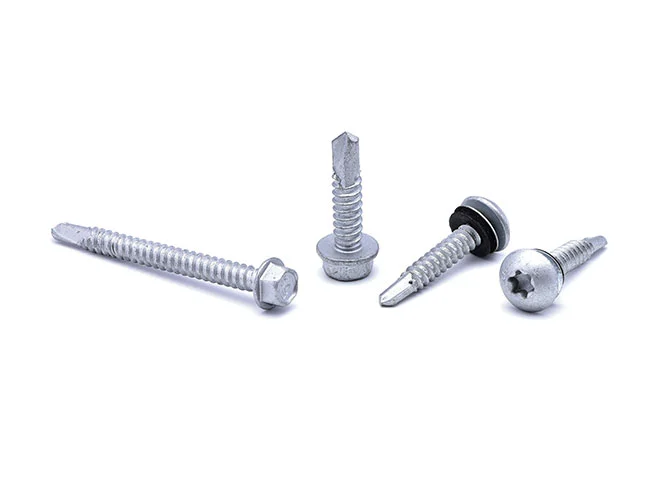 Super Corrosion-Resistant Screws
Super Corrosion-Resistant Screws
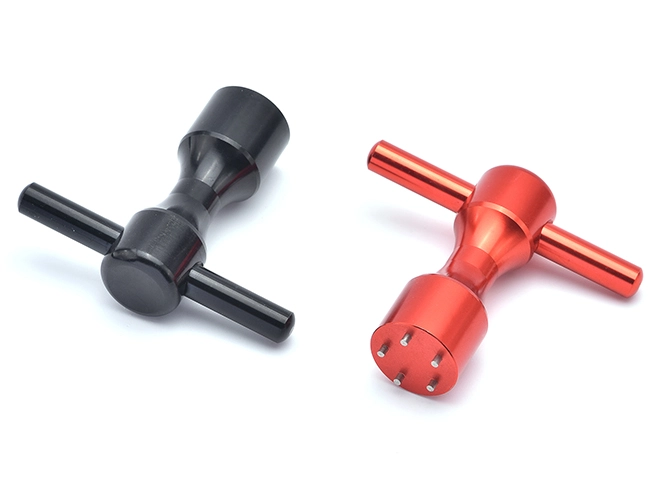 New Type Switchgear
New Type Switchgear
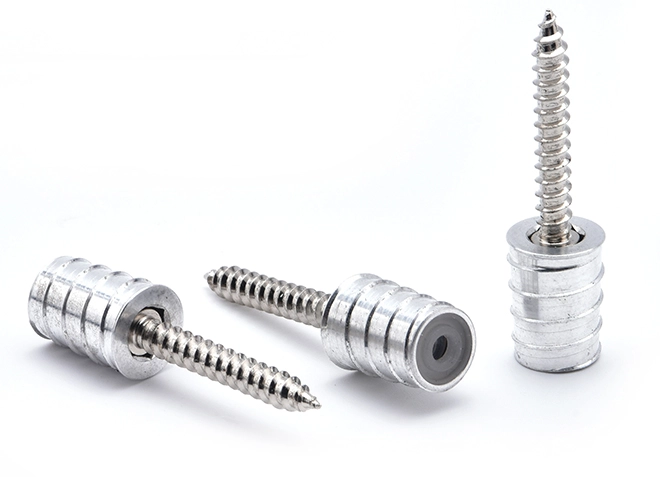 Anti-loose Easy Disassembly Nut Pillar (New Furniture Connector)
Anti-loose Easy Disassembly Nut Pillar (New Furniture Connector)
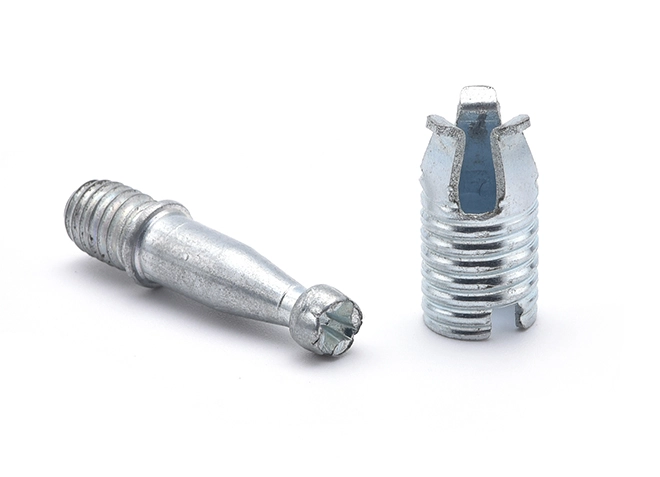 Furniture Simple Assembly and Disassembly Connector
Furniture Simple Assembly and Disassembly Connector
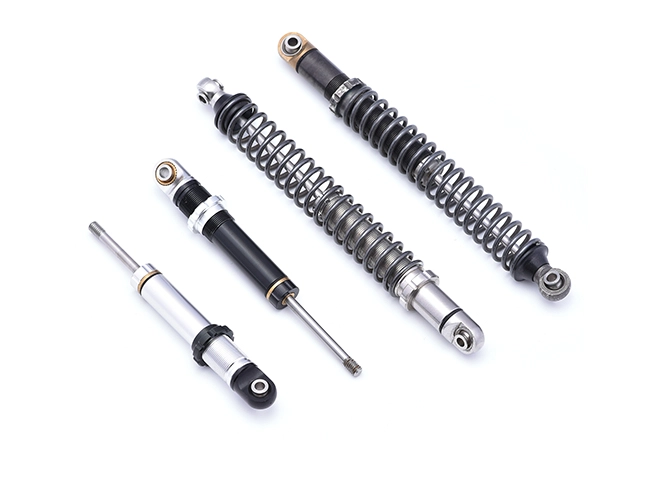 Micro Vibration Absorber
Micro Vibration Absorber
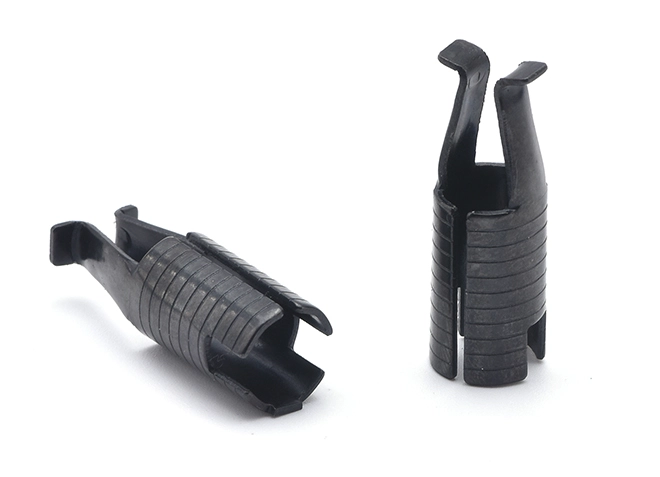 65Mn Material Furniture Connector
65Mn Material Furniture Connector
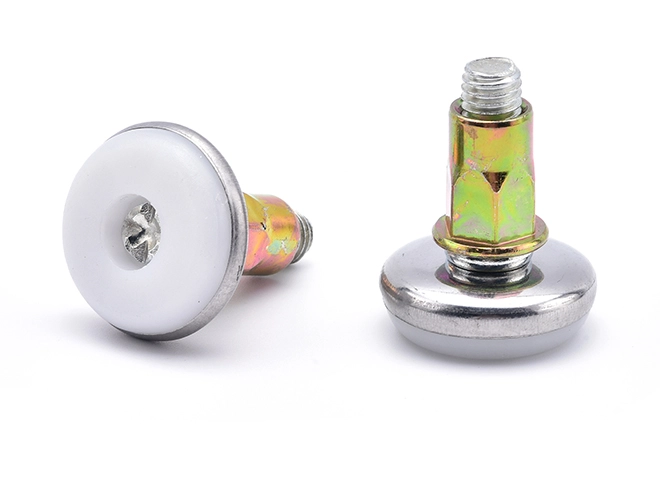 Counter Table Base
Counter Table Base
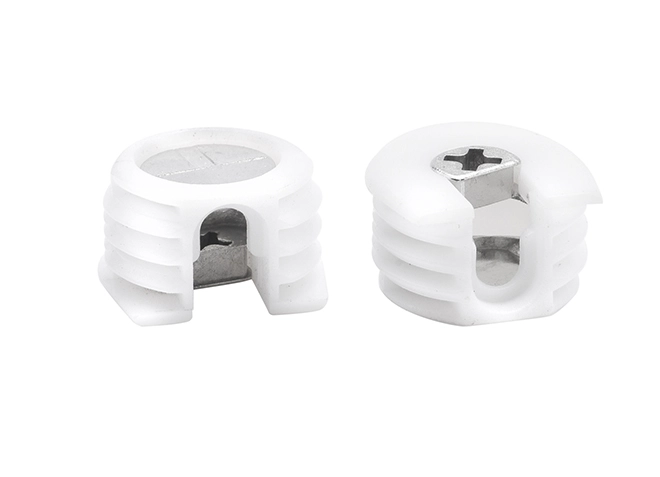 Furniture Connector Nut with Plastic Sleeve
Furniture Connector Nut with Plastic Sleeve
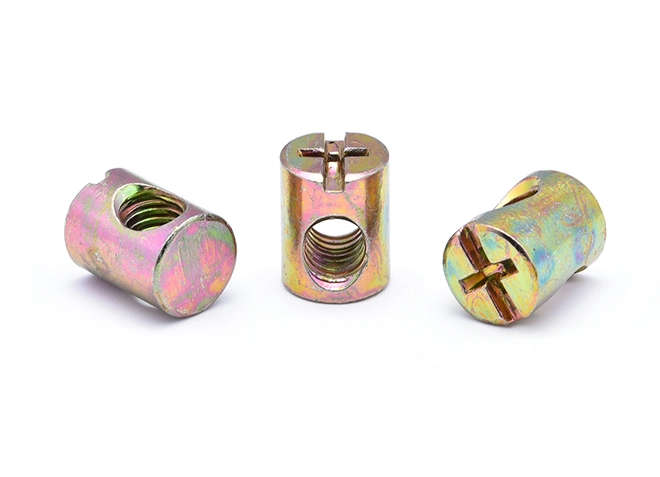 Furniture Horizontal Hole Nut
Furniture Horizontal Hole Nut
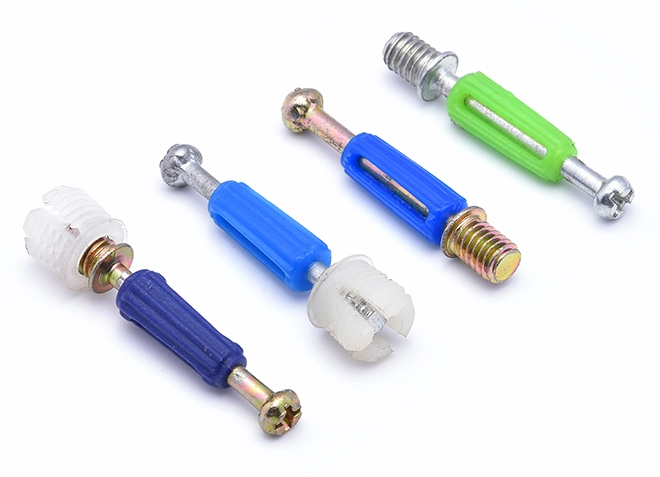 Furniture Connecting Screw
Furniture Connecting Screw
 Furniture Connecting Nut Seat
Furniture Connecting Nut Seat
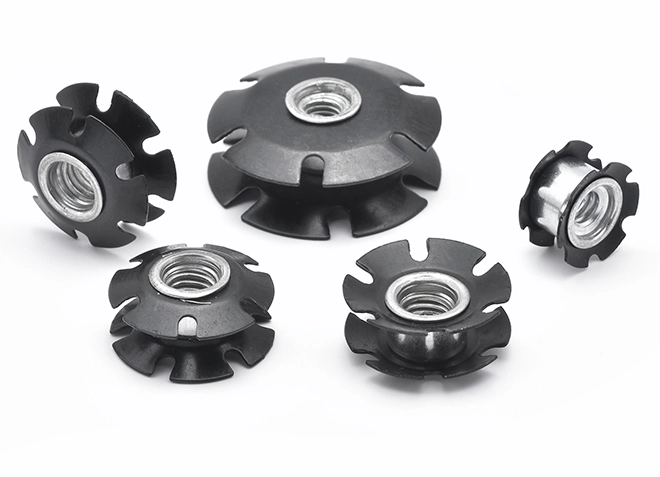 Double Stack Wheels Used On Furniture
Double Stack Wheels Used On Furniture
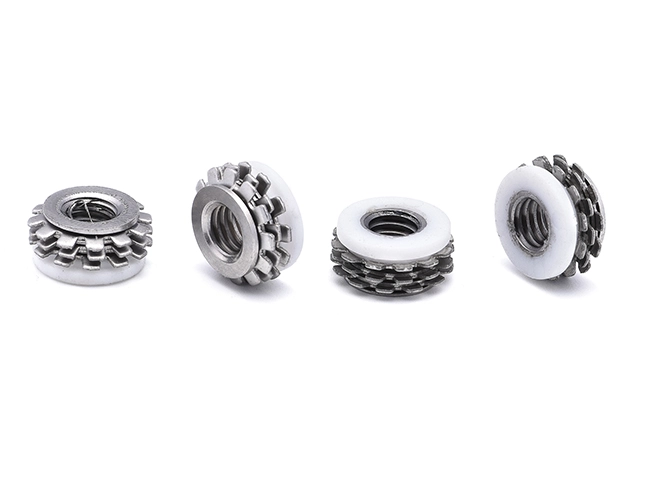 Components Used On Furniture
Components Used On Furniture
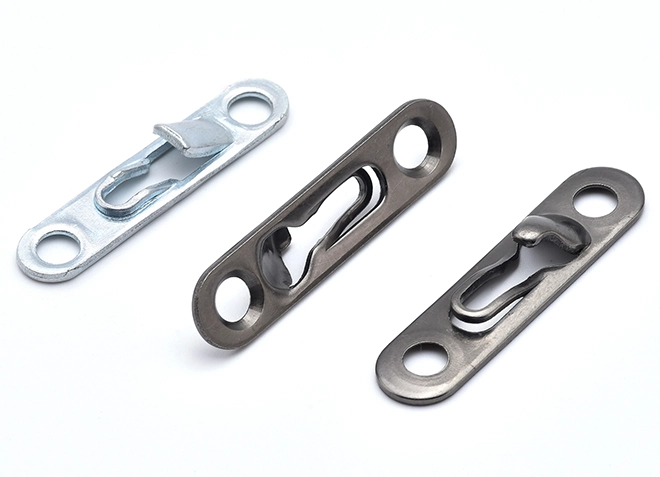 Connection Buckle
Connection Buckle
 Internal Hexagonal Spiral Screw
Internal Hexagonal Spiral Screw
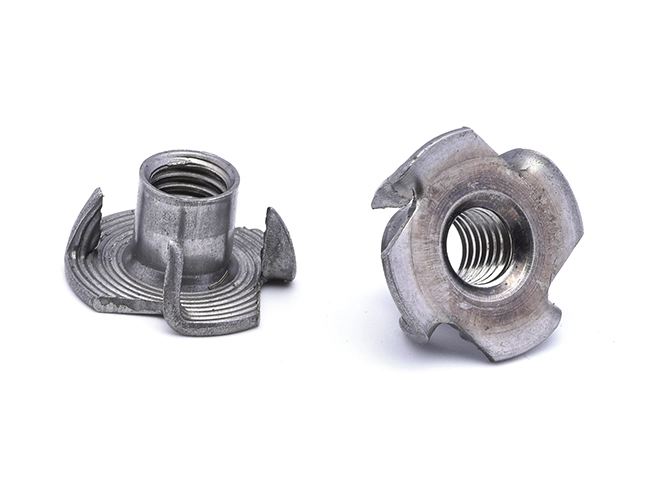 Iron Colored Carbon Steel Four Claw Nut
Iron Colored Carbon Steel Four Claw Nut
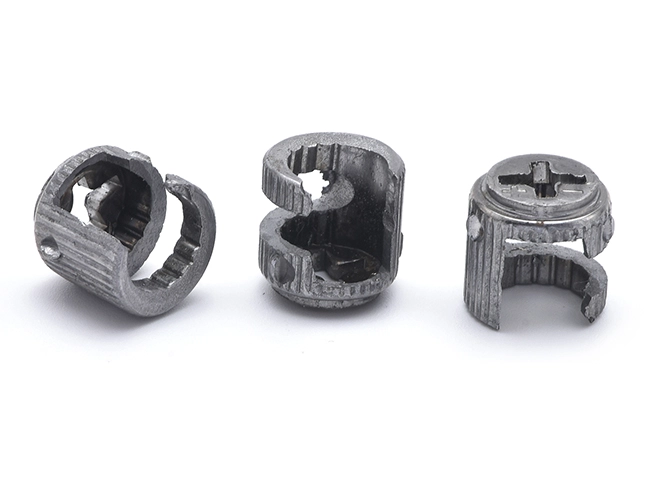 Iron Furniture Three Combination Nut Seat
Iron Furniture Three Combination Nut Seat
 Iron and Zinc Alloy Furniture Three Combination Nut Seat
Iron and Zinc Alloy Furniture Three Combination Nut Seat
 Dowel Pin+ Gray Elephant Rubber Sleeve
Dowel Pin+ Gray Elephant Rubber Sleeve
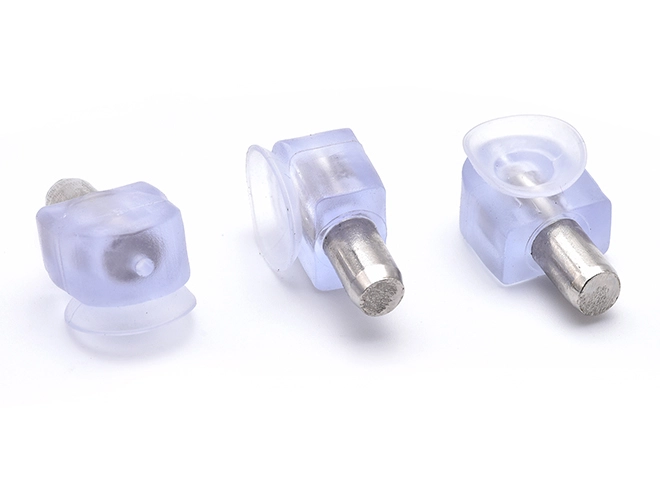 Dowel Pin+ Transparent Elephant Rubber Sleeve
Dowel Pin+ Transparent Elephant Rubber Sleeve
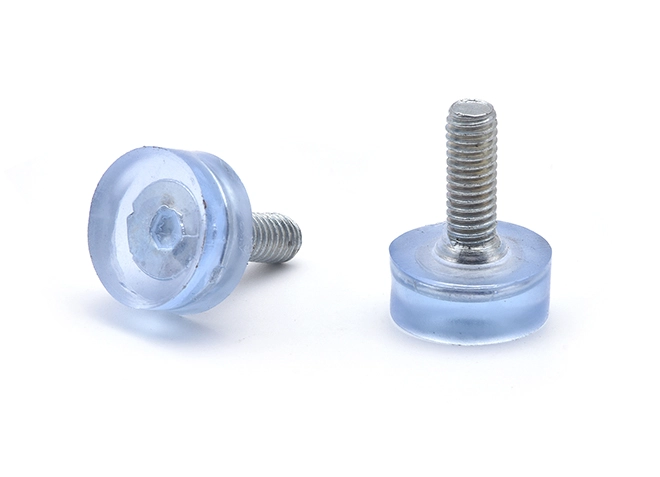 Injection Molded Furniture Foot Pad Screw
Injection Molded Furniture Foot Pad Screw
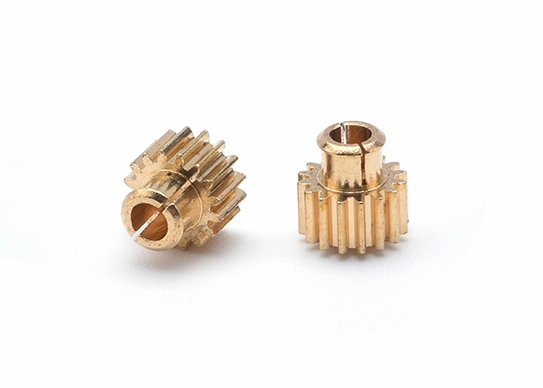


The external gear cut groove copper component is engineered with precision to facilitate specific mechanical operations. Crafted using advanced manufacturing methods like CNC machining, it features external gear teeth and cut grooves along its surface. This design allows for precise engagement with other components and offers versatility in applications such as gearboxes, machinery, or mechanical assemblies. Copper's excellent conductivity, corrosion resistance, and durability make it an ideal material choice for industries such as automotive, aerospace, and manufacturing. These components play essential roles in ensuring reliable performance and efficiency in diverse systems and equipment.
Dimensional Inspection: Use precision measurement tools such as calipers, micrometers, and coordinate measuring machines (CMM) to verify that the dimensions of the external gear and cut grooves meet the specified tolerances. This ensures proper fit and functionality.
Surface Finish Evaluation: Assess the surface finish of the copper components using visual inspection and surface profilometers. Check for smoothness, uniformity, and the absence of defects such as scratches or burrs, which can impact performance and aesthetics.
Gear Tooth Profile Inspection: Inspect the gear tooth profile using gear tooth gauges and measurement tools. Ensure that the gear teeth are accurately cut and that the groove profiles conform to design specifications, which is critical for proper meshing and operation.
Material Testing: Conduct material tests to confirm that the copper used meets the required chemical composition and physical properties. Tests may include hardness testing, tensile strength measurement, and chemical analysis to ensure material quality and consistency.
Functional Testing: Perform functional tests to evaluate the performance of the gear cut grooves under operational conditions. This includes checking for proper engagement, smooth operation, and the absence of issues such as binding or excessive wear.
Thermal and Electrical Conductivity Testing: Test the thermal and electrical conductivity of the copper components to ensure they meet performance requirements. This is especially important for applications where heat dissipation and electrical performance are critical.
Visual and Ultrasonic Inspection: Use visual inspection for surface defects and ultrasonic testing to detect internal flaws or inconsistencies that may not be visible on the surface. This helps ensure the integrity and reliability of the components.
arron18129983931@gmail.com
arron18129983931@gmail.com
arron18129983931@gmail.com


